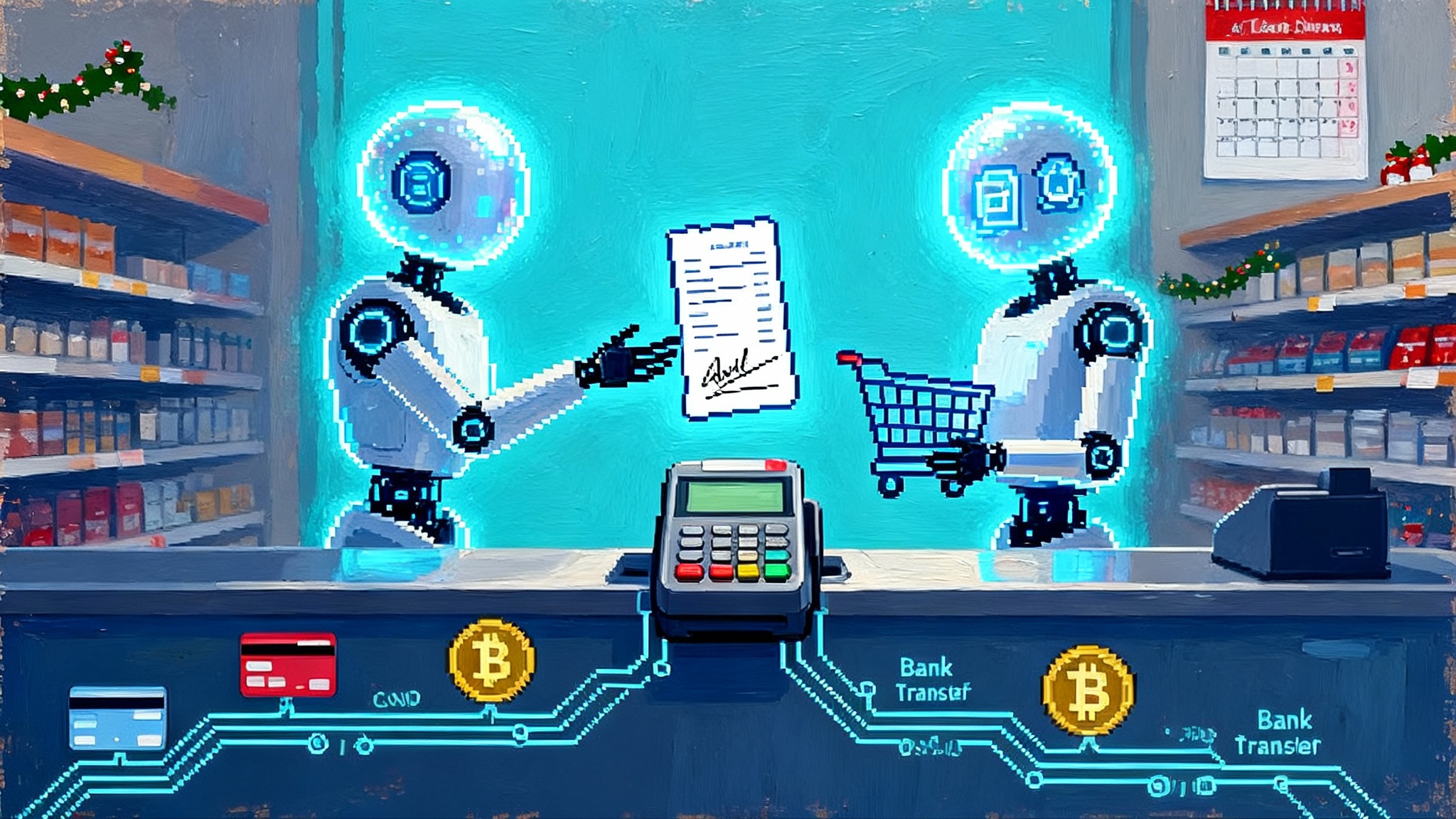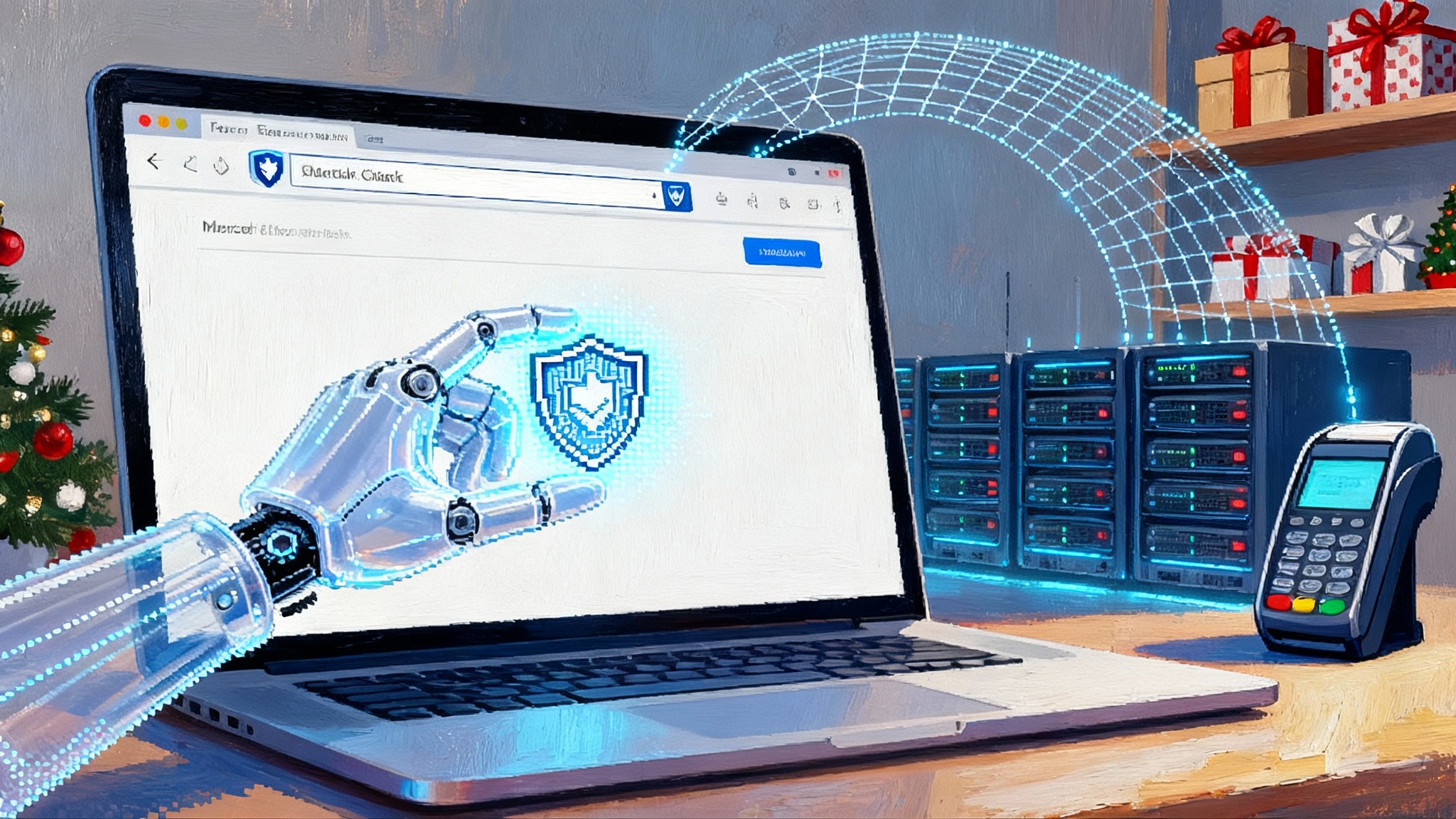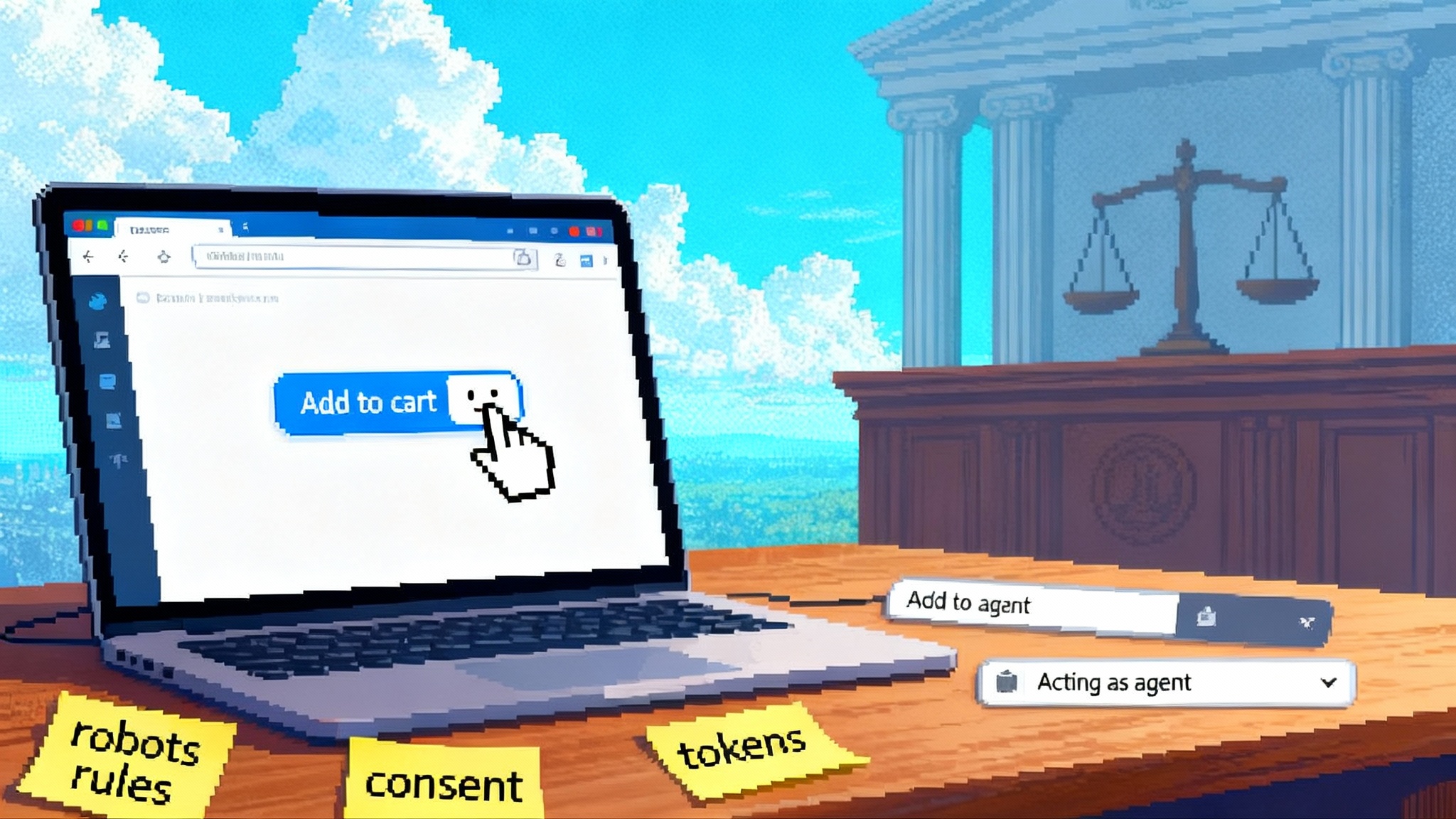AP2 Arrives: Google’s open rails for agent-led checkout
Google’s Agent Payments Protocol debuts as open, interoperable rails for agent checkout. Learn how AP2 layers with A2A and MCP, why signed mandates matter, and a stepwise plan to ship pilots before peak season.









